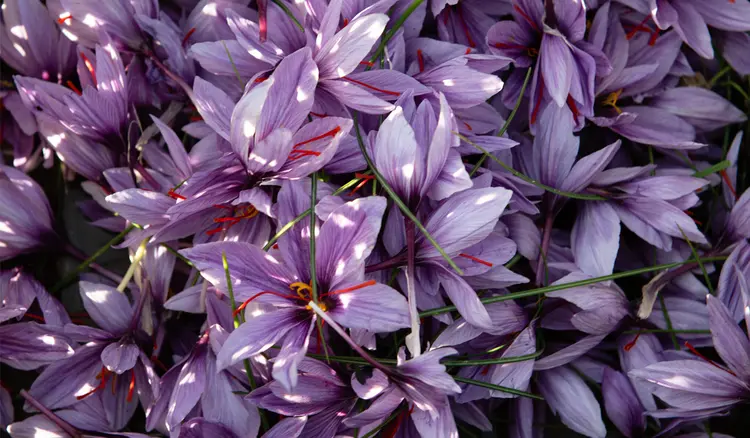Unlocking The Mysteries Of Saffron: A Comprehensive Guide
Saffron, known as the world’s most expensive spice, has a unique history and diverse uses in the culinary world. With the right knowledge and techniques, saffron can be consumed successfully in your dishes. This comprehensive guide will explore all aspects of keeping and using saffron in your kitchen. Saffron is a highly prized and distinct spice in culinary arts. This comprehensive guide will give you the knowledge and techniques necessary to incorporate saffron into your dishes successfully.
Saffron Etymology
The term "saffron" in English is derived from the Persian phrase "Zar Paran," which translates to "Golden Threads." This name highlights the significant cultural importance of saffron to the Persian people, who view it as prestigious as gold. The term was changed in Arabic to "Za faran" due to pronunciation dissimilarities. The Latin word "safranum" was taken from the Persian-Arabic term, and saffron was introduced to Europe through France.
Saffron Colors
Saffron is often referred to as "red gold" due to the color of its threads and the fact that its worth is comparable to gold's. When used in cooking, saffron produces a yellow or golden hue. The saffron's quality affects the dish's color, with counterfeit saffron resulting in a less vivid yellow.
Saffron History
Saffron's roots can be traced back to the Middle East, particularly Iran and the neighboring countries. Its use dates back to ancient times, referencing saffron in historical texts.
Saffron Usage
Saffron has been used for both culinary and medicinal purposes throughout history. It has been utilized in beverages, foods, and remedies and was even cited as medicine in Avicenna's famous work, The Canon of Medicine. Today, saffron is used by both amateur and professional chefs for its unique flavor and aroma. Traditional physicians also prescribe it for its medicinal properties.
Saffron Ingredients
Saffron contains various compounds, including Crocin, Safranal, and Picrocrocin, which contribute to its color, taste, and aroma.
Saffron Medicinal Properties
Saffron has numerous health benefits, including anti-depressant and invigorating properties, improved digestive function, and antioxidant and anti-cancer properties. It is also a diuretic and helps to improve blood circulation and hematopoiesis. Some European pharmaceutical companies even use saffron as an anti-depressant integrator.
When storing saffron, keeping it away from light and moisture in a glass cup is important, especially after grinding. Improper storage can cause the essential oil in saffron to evaporate over time, losing its medicinal effects and taste. It's also worth noting that saffron doesn't retain its strong smell indefinitely; after two months, it dries up and loses some of its fragrance.
Unfortunately, some fraudulent traders try to manipulate the price of saffron by adding weight to it with substances like oil or candy. The best type of saffron is the pure, natural variety with an intact root head, known as Dokhtar Pich.
While saffron can be beneficial when consumed in moderation, excessive consumption can lead to serious side effects like vomiting, bleeding, and even death. Pregnant women should also be careful about consuming saffron, particularly during the first three months of pregnancy, as it can increase the risk of miscarriage.
Concerning how much saffron is safe to consume monthly, three grams per person is considered healthy, while more than five grams can be harmful. So be sure to enjoy saffron in moderation and store it properly to get the most out of this valuable spice.

Your Comment
Required fields*